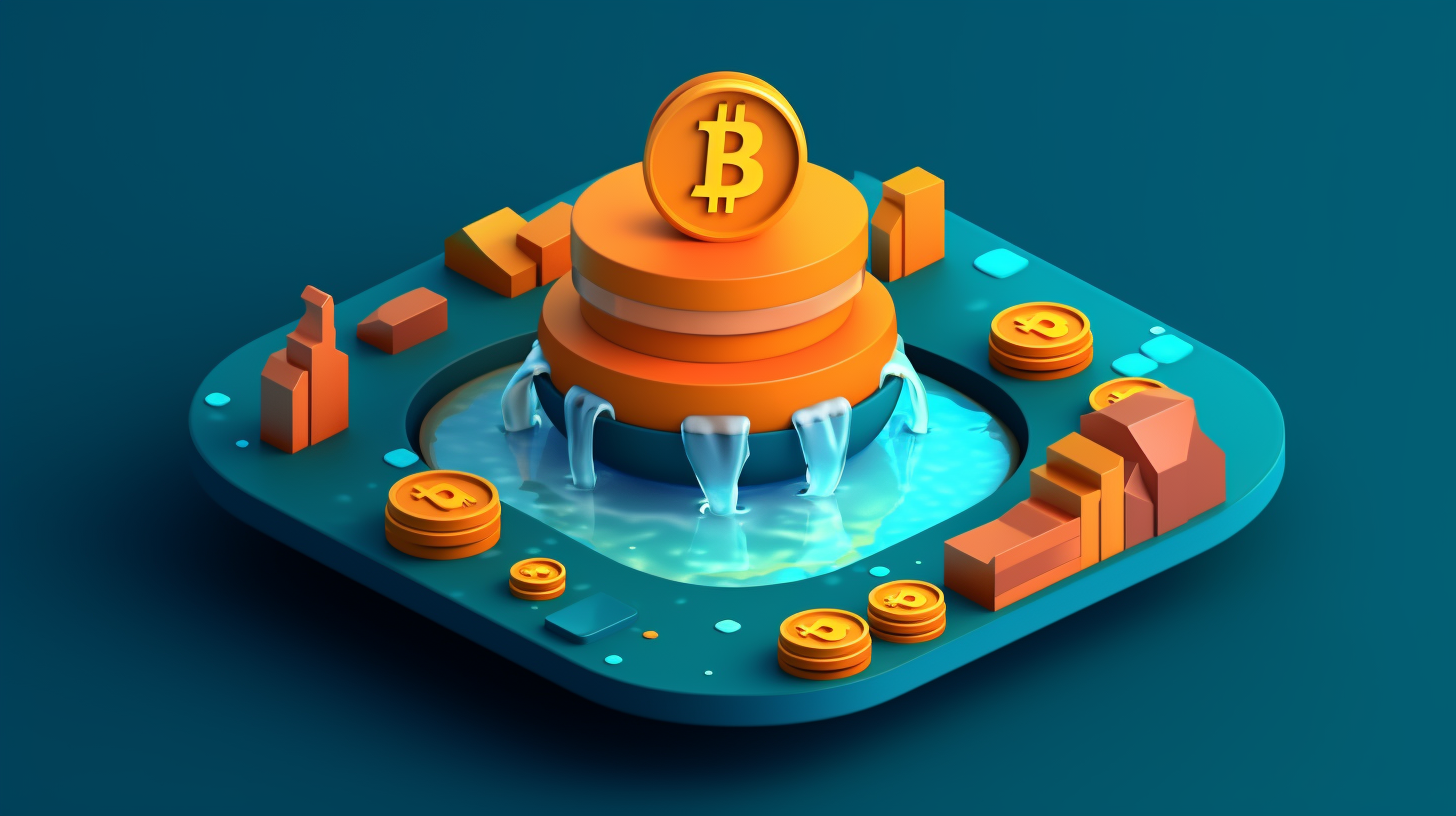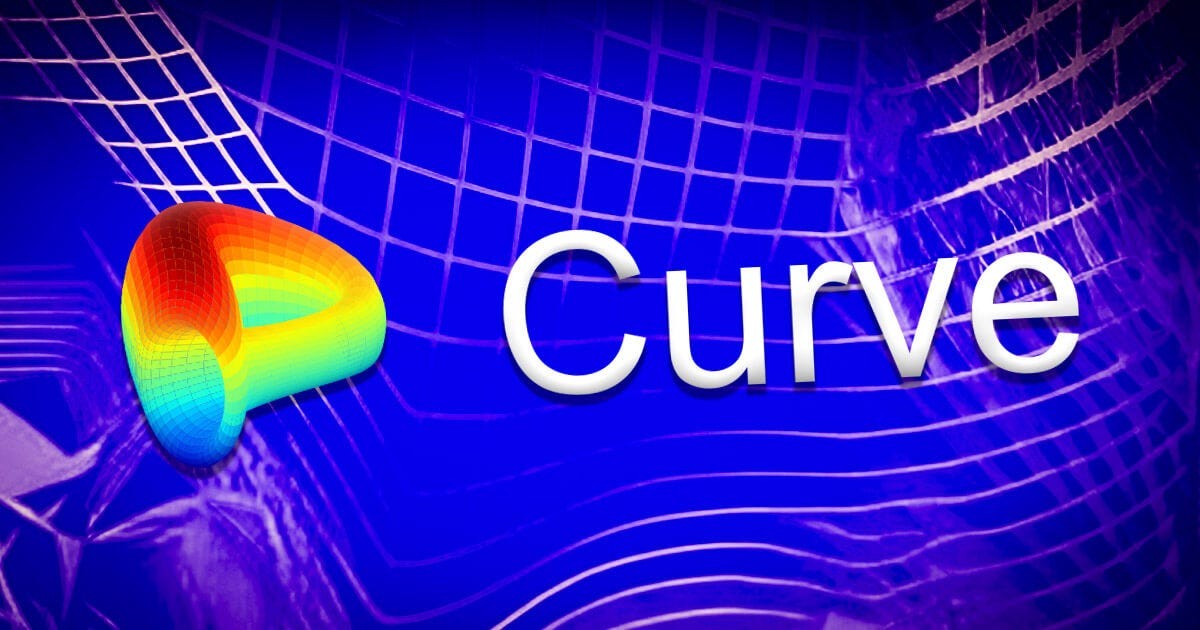In the rapidly evolving world of decentralized finance (DeFi), Curve Finance stands out as one of the most popular platforms. It prioritizes stability and composability over volatility and speculation. Curve operates as an Automated Market Maker (AMM) platform, similar to Uniswap and Balancer, but with a unique approach that sets it apart from its counterparts. By exclusively accommodating liquidity pools consisting of similarly behaving assets, such as stablecoins or wrapped versions of like assets, Curve ensures lower risk and higher efficiency. In this comprehensive guide, we will explore how Curve achieves these benefits and revolutionizes the DeFi ecosystem.
Understanding Automated Market Makers
Before delving into Curve’s unique features, let’s recap how automated market makers work. Unlike traditional exchanges where buyers and sellers directly trade assets, AMMs facilitate permissionless and automatic trading using liquidity pools. A liquidity pool is a shared pot of tokens, and users contribute tokens to the pool. The prices of the tokens in the pool are determined by a mathematical formula. Liquidity providers earn fees for supplying tokens to the pool, which are paid by traders who interact with the liquidity pool.

Curve’s Focus on Stable Liquidity Pools
Curve Finance was launched in 2020 with a specific goal in mind – to create an AMM exchange with low fees for traders while providing a reliable fiat savings account for liquidity providers. To achieve this, Curve focuses on stablecoins, allowing investors to avoid the volatility of other crypto assets while still earning high interest rates from lending protocols.
On Curve, liquidity pools constantly strive to maintain balance and stability. When an imbalance occurs, the pool takes corrective measures to restore equilibrium. For example, if there is an excess of one asset in the pool, it is sold at a slight discount compared to other assets in the pool to incentivize balance. This rebalancing mechanism minimizes volatility and reduces impermanent loss, a phenomenon where liquidity providers suffer a loss in token value due to volatility in a liquidity pool.
Leveraging Like-Assets for Efficiency
Curve’s unique approach to AMMs extends beyond stablecoins. It also includes tokenized versions of assets like bitcoin. While bitcoin is highly volatile, Curve’s methodology still works because tokens in Curve pools do not need to be stable in an absolute sense. They only need to be stable relative to other tokens in the same pool. This allows Curve to concentrate liquidity near the ideal price for similarly priced assets, ensuring liquidity where it is needed the most. For example, tokenized versions of bitcoin, such as wBTC and renBTC, can coexist in the same Curve liquidity pool.

Composability: Maximizing Opportunities for Liquidity Providers
Curve Finance not only prioritizes stability but also incentivizes liquidity providers through composability. On platforms like Uniswap, liquidity providers earn fees when trades occur. While Curve’s trading fees are lower than Uniswap’s, it offers additional rewards through interoperable tokens. By using tokens earned from external DeFi protocols, such as Compound’s cTokens, liquidity providers can enhance their earnings potential. For example, by holding cDAI, a liquidity provider can earn interest and simultaneously use it in Curve’s liquidity pools.
Curve’s integration with various DeFi protocols, including Compound, Yearn Finance, and Synthetix, creates a network effect that maximizes incentives for liquidity providers. This interconnectedness allows liquidity providers on Curve to benefit from multiple DeFi platforms, expanding their earning opportunities.
The Role of CRV Tokens in Curve Governance
In August 2020, Curve Finance initiated the decentralized governance journey by launching a decentralized autonomous organization (DAO) to manage protocol changes. The Curve DAO is governed by the CRV token, which grants voting rights to its holders. CRV tokens can be acquired through purchase or earned through yield farming, a process where assets are deposited into a liquidity pool to earn tokens as a reward.
Holding CRV tokens not only provides financial assets but also ownership in Curve’s strong DeFi protocol. To propose updates to the protocol, holders of a minimum number of vote-locked CRV tokens can participate. These updates may involve fee changes, adjustments in liquidity pools, or modifications to yield farming rewards. The voting power of CRV tokens increases with the duration they are locked.

Conclusion
Curve Finance has emerged as a leading platform in the DeFi space, prioritizing stability, efficiency, and composability. By focusing on stable liquidity pools and leveraging like-assets, Curve minimizes volatility and impermanent loss. Its integration with various DeFi protocols enhances earning opportunities for liquidity providers. The CRV token empowers the community to govern the Curve protocol, ensuring decentralized decision-making. As DeFi continues to evolve, Curve Finance remains at the forefront, revolutionizing the way we engage with decentralized finance.
Additional Information: Curve Finance has gained widespread recognition and has been embraced by prominent brands like Hubspot and Wordstream for its innovative approach to DeFi. Its emphasis on stability and composability has attracted a large user base, contributing to its popularity in the DeFi ecosystem.
